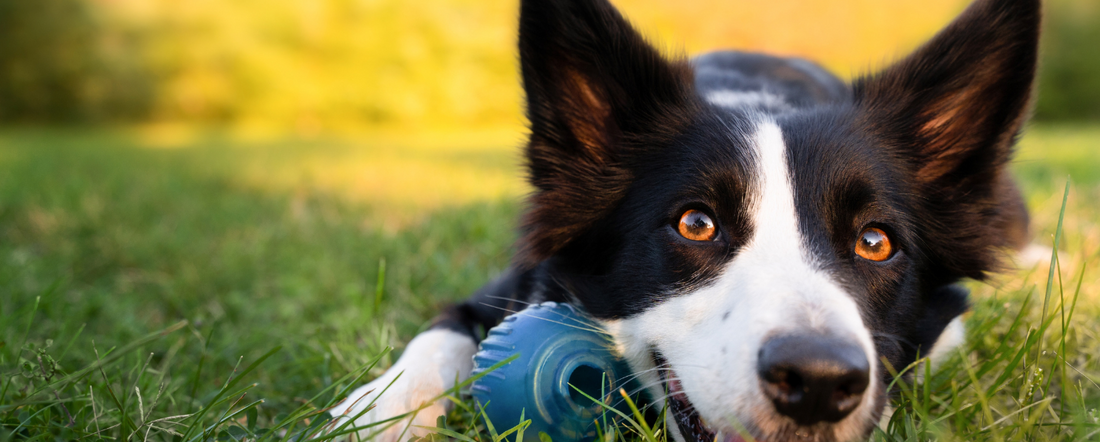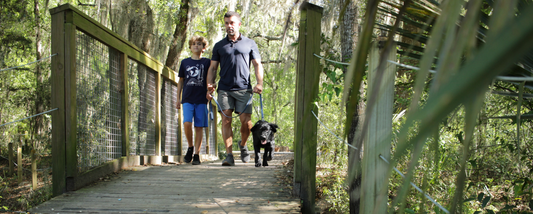Have you ever wondered how your furry friend perceives the world around them? Dogs, with their keen senses, experience the environment quite differently from humans. Dogs may not see the rainbow quite like we do, but their unique perspective is still pretty fascinating.
Understanding the colors that dogs can see requires a dive into their unique visual anatomy. While humans have three types of color receptors (cones) in their eyes, allowing us to perceive a broad range of colors, dogs have only two types of cones. This means their color vision is dichromatic, which is a more limited perception of the visible spectrum.
So, what colors can dogs actually see?
- Blue and Yellow: Dogs can distinguish between blue and yellow hues quite well. This is because their two types of cones are most sensitive to these colors, making them stand out in their visual perception. Shades of blue and yellow likely appear vibrant and distinct to our dogs.
- Shades of Gray: While dogs lack the ability to perceive the full range of colors as humans do, their vision is well-tuned to detect various shades of gray. This monochromatic vision aids them in low-light conditions, where they rely more on brightness and contrast rather than color.
- Limited Reds and Greens: Despite being less sensitive to reds and greens compared to humans, dogs can still see these colors to some extent. However, they might look more muted or even indistinguishable from other shades. This is because they don’t have that third cone type, which humans rely on for distinguishing between these colors effectively.
Now, why does all this matter? Well, understanding your dog's color vision can actually help you cater to their needs better. Whether it's picking out toys they'll love playing with or making sure they feel comfortable in their environment, knowing what they see can make a big difference.
Plus, it adds a whole new layer to your bond with pup. Imagine seeing the world through their eyes, filled with blues, yellows, and shades of gray. It's like discovering a whole new dimension to your adventures together.
In recent years, researchers have delved deeper into the specifics of canine vision, using advanced techniques to gain a better understanding. This ongoing research not only enriches our knowledge, but also strengthens the bond between dog parents and our pups by better understanding their experiences. It's a dog's-eye view worth wagging about!





